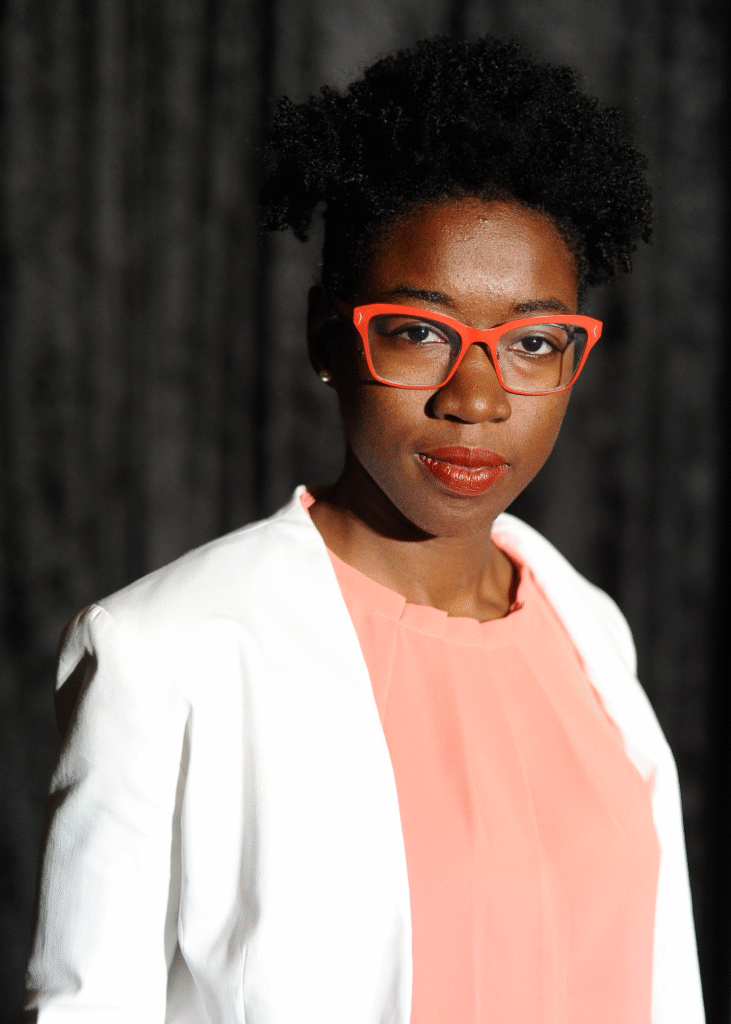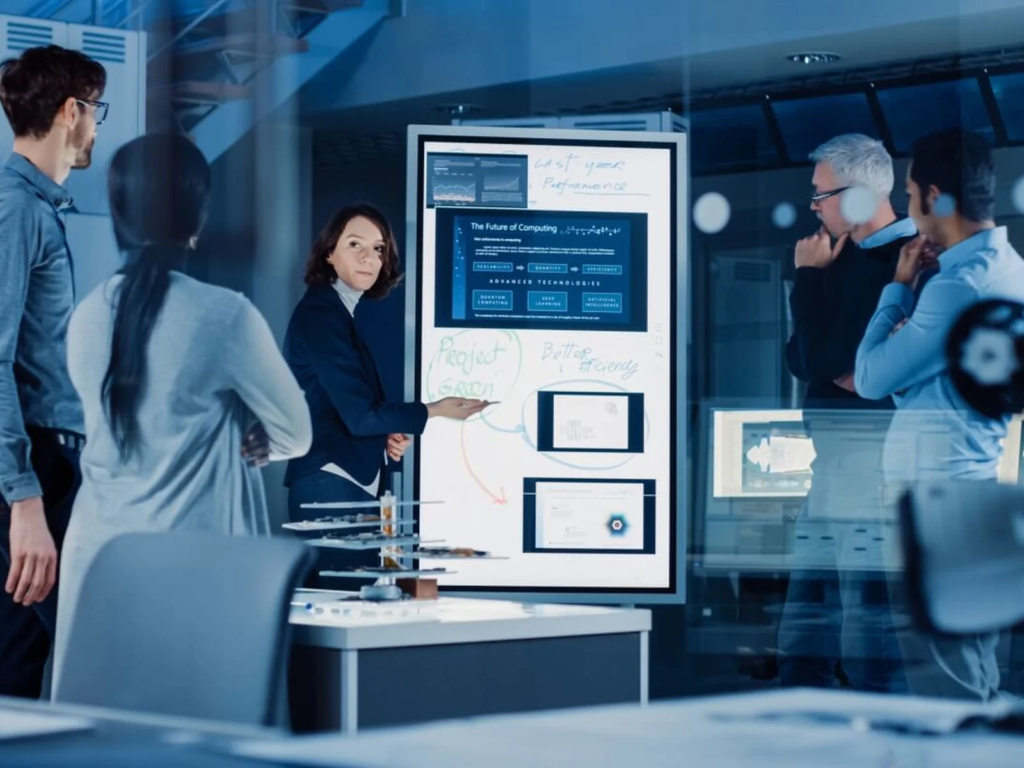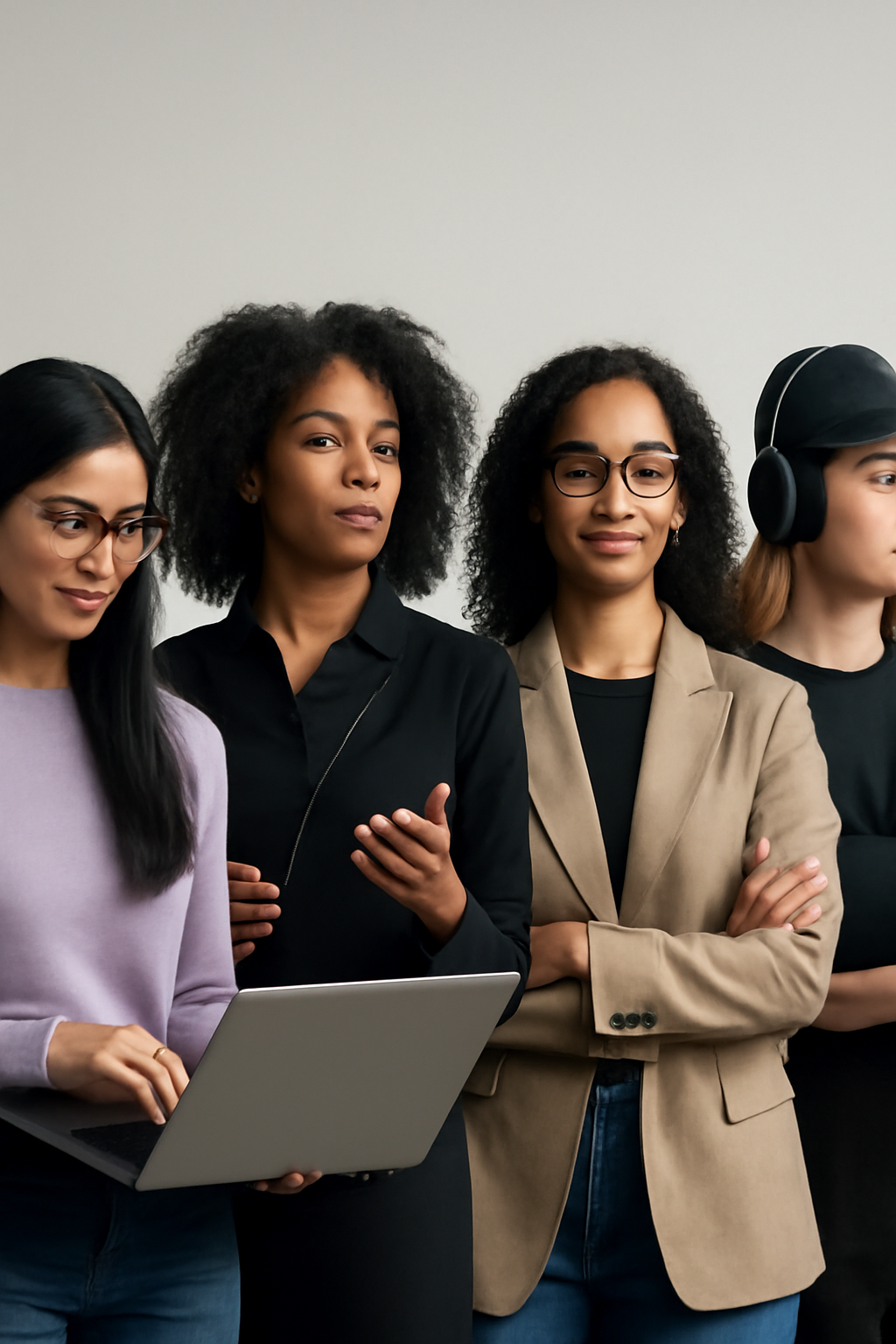Diversidade não é decoração — é o motor da criatividade e o ritmo da cultura em movimento.
Não faz muito tempo, os palcos técnico e cultural eram ocupados majoritariamente por homens, enquanto muitas perspectivas poderosas aguardavam fora dos holofotes. Esse cenário está mudando rapidamente. Em todo o mundo, mulheres estão liderando a inovação, compondo arte por meio de algoritmos, dirigindo filmes que questionam normas e fundando startups que valorizam pessoas tanto quanto dados. A presença delas transforma a conversa sobre como a tecnologia pode servir à vida — e não apenas à eficiência.
No ponto de encontro entre cultura e tecnologia, essa participação gera algo essencial: originalidade. Quando as vozes são diversas, a imaginação se expande. Cada trajetória distinta acrescenta novas texturas à nossa criatividade coletiva. Este texto observa as mulheres que estão tornando essa interseção um campo fértil de ideias — e como suas ações redesenham o significado de progresso.
1. Diversidade como catalisadora da inovação
Um ambiente verdadeiramente criativo prospera no contraste. A inovação nasce raramente de mentes idênticas pensando do mesmo modo. Equipes que combinam gêneros, experiências e visões de mundo descobrem alternativas que outros não enxergam. Diversidade, portanto, não é caridade — é estratégia.
Mulheres abordam design, engenharia e arte com perspectivas enraizadas na experiência vivida. Muitas unem empatia a uma lógica rigorosa, questionando como cada ferramenta impacta comunidades e o planeta. Elas não estão apenas “sentando à mesa”; frequentemente a reconstroem de forma mais colaborativa.
Em diversos setores, é possível observar esse movimento:
- Design interativo e arte digital: criadoras que remodelam a estética por meio da inclusão e da emoção.
- Narrativas e mídia: cineastas e escritoras que usam plataformas online para resgatar histórias apagadas.
- Dados e transformação social: analistas que traduzem estatísticas em políticas mais transparentes e compassivas.
2. Exemplos de mulheres reinventando o presente

Joy Buolamwini — Enfrentando o Viés por Meio da Arte e do Código
Pesquisadora ganesa-americana e poeta dos algoritmos, Joy revela como o aprendizado de máquina espelha preconceitos humanos. Por meio da Algorithmic Justice League, ela transforma auditorias técnicas em crítica cultural, mostrando que a justiça na IA começa pela justiça na sociedade.
Silvana Bahia — Construindo a PretaLab, uma Rede de Criadoras do Futuro
No Brasil, Silvana conecta centenas de mulheres negras e indígenas na tecnologia por meio da PretaLab. A organização orienta, capacita e articula criadoras historicamente excluídas dos espaços de inovação, transformando diversidade em prática cotidiana — e não apenas em discurso de tendência.

Reshma Saujani — Empoderando por Meio do Código
A iniciativa de Reshma, Girls Who Code, desmonta o mito de que a tecnologia pertence a um único gênero. Ao ensinar milhões de jovens mulheres a programar, ela mostra que aprender a codar também é aprender a confiar na própria voz — uma lição que ecoa muito além da tela.
Ananda — Reivindicando a Pista de Dança e o Palco Digital
Dos galpões do Rio de Janeiro às transmissões globais, Ananda mistura música, visualidade e ativismo. Por meio de eventos inclusivos como o “KODE”, ela transforma a cultura eletrônica em um refúgio de pertencimento para públicos LGBTQIA+ e afrodescendentes, lembrando que o ritmo também pode ser uma forma de rebelião.

Mariana Costa Checa — Educação que Transforma Economias
No Peru, Mariana cofundou a Laboratória, capacitando mulheres de comunidades de baixa renda para o mercado de trabalho digital. Hoje, ex-alunas lideram projetos em toda a América Latina — prova de que empoderamento não é um slogan, mas uma infraestrutura construída linha por linha de código.

3. Cultura em Movimento: Como o Feminino Redefine a Criação
Juntas, essas trajetórias revelam um realinhamento cultural profundo. Por gerações, lógica e controle foram apresentados como ideais masculinos que guiavam o progresso. No entanto, à medida que as mulheres ocupam espaços tecnológicos, elas trazem outras dimensões — cuidado, intuição, interdependência — qualidades antes vistas como fraqueza e que agora se mostram essenciais para uma era digital ética.
Elas humanizam o progresso ao priorizar empatia, acessibilidade e consciência ambiental.
Elas ampliam o vocabulário artístico ao misturar código, memória e emoção.
Elas enfrentam desigualdades históricas por meio de ferramentas redesenhadas e lideranças inclusivas.
Elas constroem comunidades baseadas em relações, não apenas em transações.
O modelo de inovação que emerge não é frio nem mecânico — é sensível, plural e coletivamente inteligente.

4. Formas de Apoiar Essa Transformação
Você não precisa escrever software para influenciar a justiça digital. Pequenas ações consistentes ampliam a mudança:
Compartilhe o trabalho criativo de mulheres — recomende, compre, cite e celebre publicamente.
Questione a uniformidade nos espaços que você lidera; pergunte quais histórias estão ausentes.
Invista em programas educacionais como Programaria, Meninas Digitais ou Laboratória.
Confronte vieses sempre que a tecnologia reproduzir exclusão.
Participe de conversas sobre equidade; ouvir também faz parte do aprendizado.
Mantenha vozes emergentes; uma porta aberta pode redirecionar um caminho inteiro.

5. Diversidade É Evolução
Valorizar perspectivas femininas não é apenas corrigir o passado — é impulsionar um futuro coletivo mais inteligente. Cada mulher que entra no campo criativo ou tecnológico altera o código cultural. Afinal, tecnologia é feita de valores escritos em sintaxe. Quanto mais mãos compartilham o teclado, mais os sistemas refletem a complexidade e a beleza da humanidade.
A transformação digital não será neutra; ela espelhará quem a constrói. Quanto mais diversos forem os criadores, mais ético será o resultado. Ouvir essas vozes femininas é, portanto, um investimento — em imaginação, justiça e na preservação do encantamento.
O futuro está sendo programado agora — finalmente, por muitas mãos diferentes.
